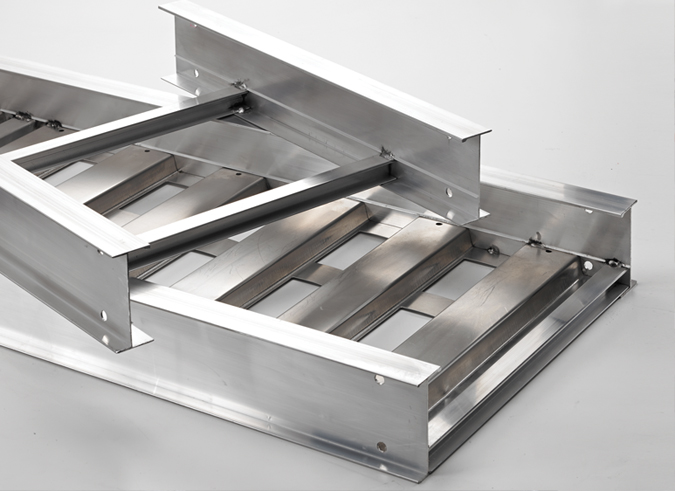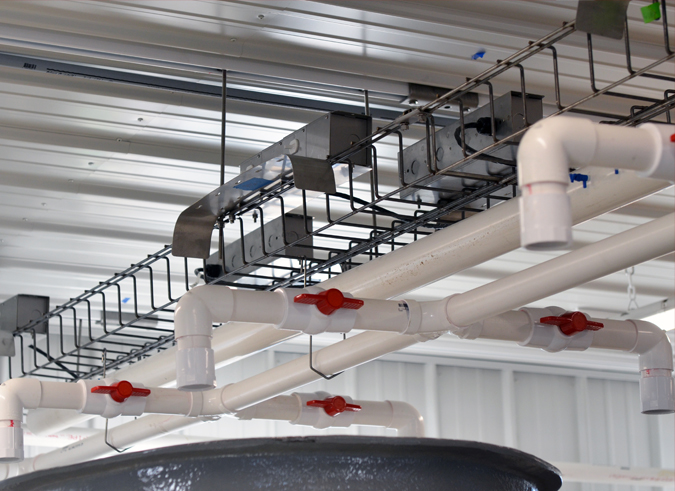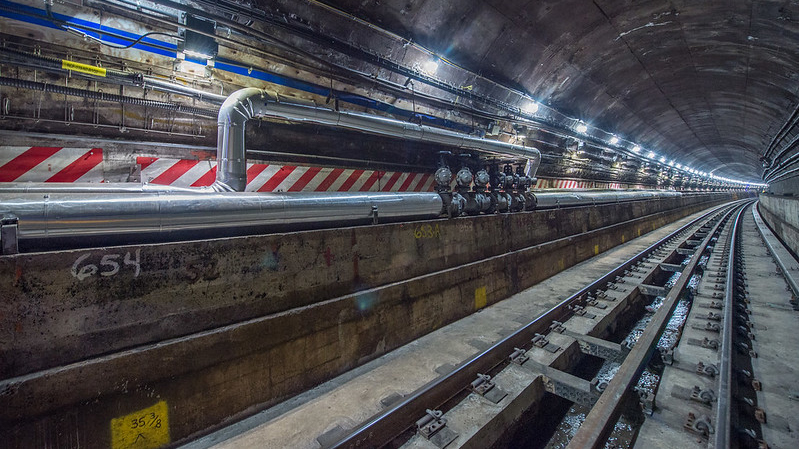Actually, yeah, they kinda are. Aluminum cable ladder trays or racks have been around since the dawn of manufacturing automation. You’ll find them wherever there are industrial-class environments and electricity—which means basically anywhere: factory floors, chemical plants, offshore oil platforms, power substations, distribution centers, hyperscale data centers, sports stadiums, and the like. Made from extruded aluminum, they are very lightweight, weather-resistant, and strong enough to handle tremendous loads without sagging. They can be used indoors or outdoors, installed on rooftops, on top of rows of server cabinets, attached to walls, or suspended from ceilings. They are also more expensive than heavier generic steel cable runways, for example.










